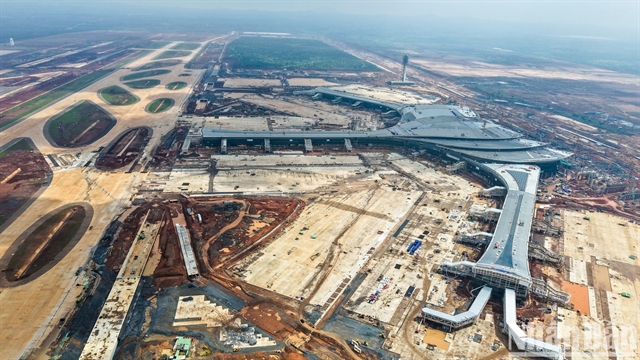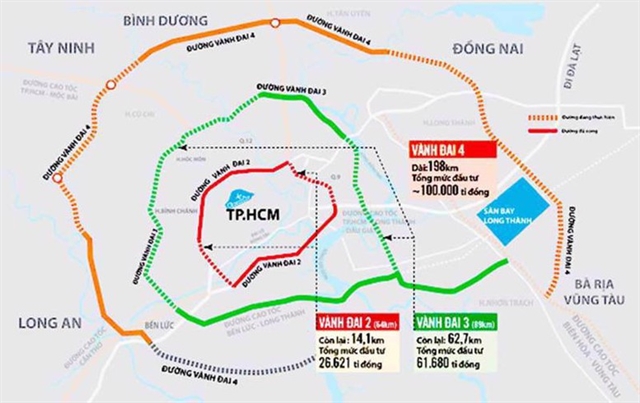 Society
Society
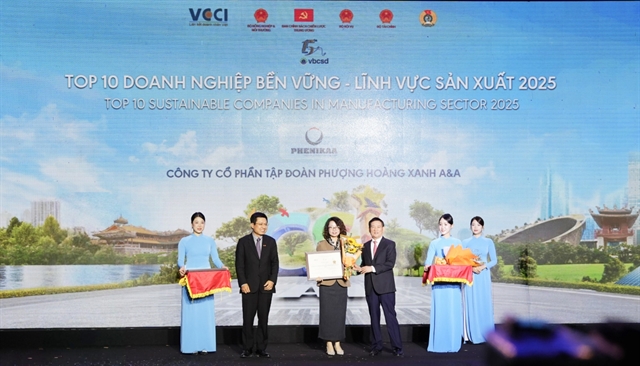
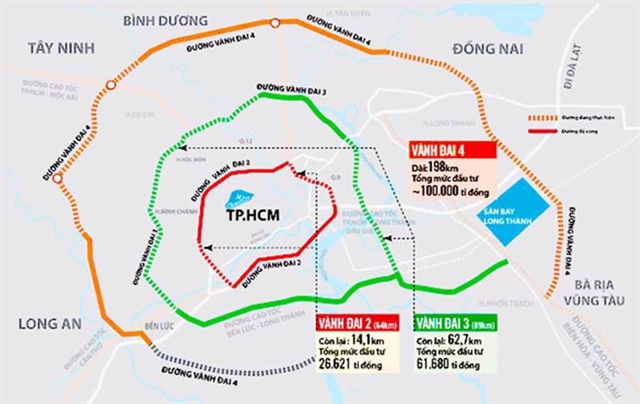 |
| Diagramme of Ring Road No 4 passing through Bà Rịa - Vũng Tàu, Đồng Nai, Bình Dương, HCM City and Long An. Photo vneconomy.vn |
HCM CITY — The HCM City project of Ring Road 4 is not only a key traffic project but will also play an important turning point in helping the city grow and enter a new era of development.
The total length of Ring Road 4 is nearly 207km, passing through HCM City (with two sections totaling nearly 20.8km long) and the provinces of Bà Rịa - Vũng Tàu (18km), Đồng Nai (45km), Bình Dương (48km), and Long An (74.5km).
The road will have four expressway lanes, with continuous emergency lanes along the entire route. Around 21 interchanges will be built, along with parallel roads and service roads on both sides, depending on the traffic needs of each section and locality.
The preliminary total investment is more than VNĐ128 trillion ($5.2 billion), of which construction costs stand at nearly VNĐ77 trillion ($3.1 billion) and land clearance at over VNĐ51 trillion ($2 billion).
The project is proposed under the public-private partnership (PPP) model, specifically a build-operate-transfer (BOT) contract.
The project is set to be completed before 2030.
The road will contribute to solving the problem of traffic overload in HCM City, while creating conditions for the development of satellite urban areas around the city, reducing urbanisation pressure in the central area.
These satellite urban areas will become new economic, commercial and service centres, creating development momentum for suburban areas and neighbouring provinces.
For provinces that have not yet developed strongly in terms of transportation infrastructure such as the Central Highlands and the Mekong Delta, Ring Road 4 will be a factor that helps improve competitiveness, encourage investment and promote sustainable development.
Connecting these areas with HCM City and neighbouring localities will reduce the differentiation in economic development, creating opportunities for areas that have not yet developed strongly in industry and urban areas to improve the quality of life and attract investment.
To ensure the effective implementation of the Ring Road 4 project, close coordination between State agencies and construction units is required.
One of the most important factors is the establishment of a clear and transparent legal framework, especially in the bidding process, site clearance and related administrative procedures.
These processes need to be optimised to ensure fairness, transparency and efficiency, while protecting the interests of affected people and businesses.
According to the municipal People's Committee, Ring Road 4 will significantly improve the movement of goods from industrial zones and urban areas to seaports and connectivity with the Long Thành International Airport in Đồng Nai Province.
It will also help streamline inter-provincial traffic, diverting vehicles from congested urban areas and reducing travel times and transport costs, thus easing congestion and minimising pollution.
Ring Road 4 will serve as a key transportation corridor, connecting the southeastern region with the southwestern and Central Highlands regions, facilitating economic development.
It is expected to open up new areas for development, unlock land resource potential and help establish a ring of industrial, urban and logistics hubs. VNS

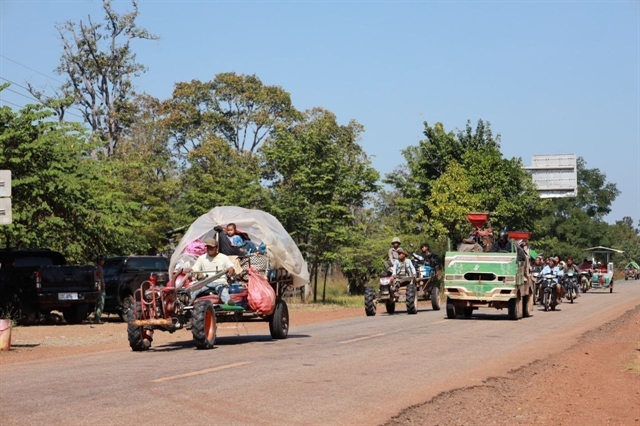

.jpg)
